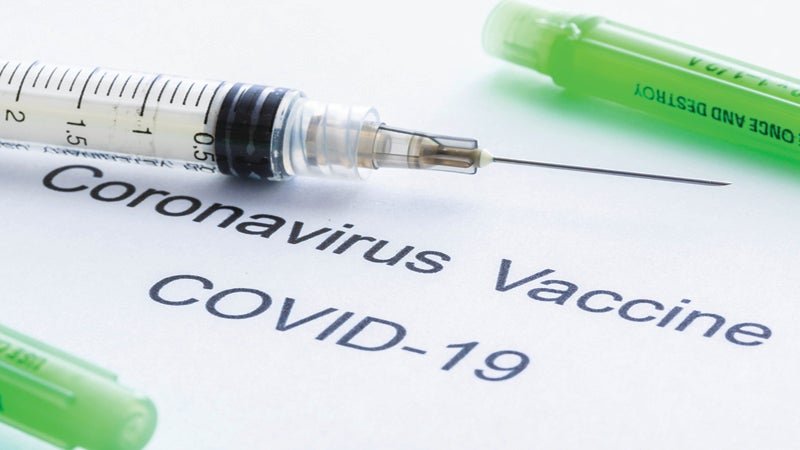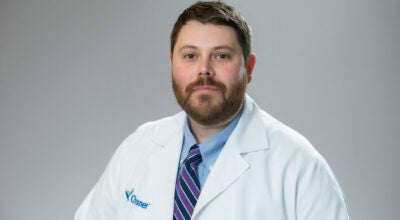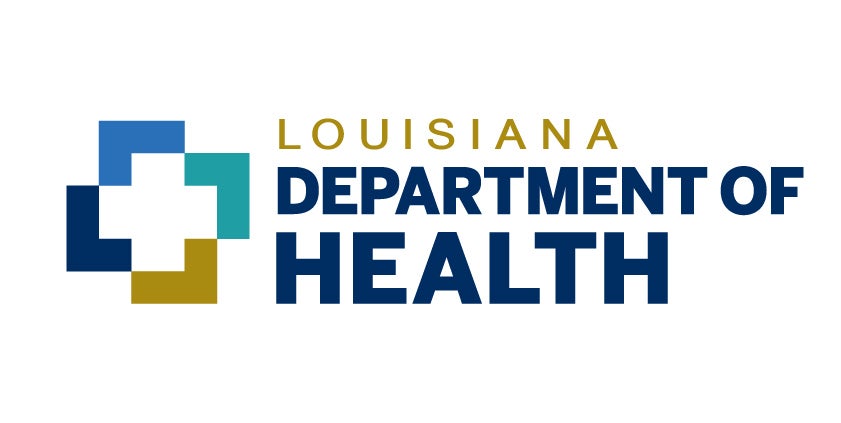Pratt: “Prehab” before procedures builds strength
Published 12:02 am Wednesday, May 15, 2019
People aren’t born marathon runners, but how nice would that be?
If the average person woke up one day and decided to run a marathon, there are several predicative outcomes and most of them are not good. In the VERY rare event this person could run 26 miles, he or she would be very likely to get injured or maybe even suffer from a cardiovascular scare.
The most likely result, though, would be that the person would simply not be able to run the race. Since marathon racing is, unfortunately, not part of our genetics, what should a person do if they were interested in running a marathon?
PREPARE
The word “prepare” is a verb. It means “doing” and signifies action “before.” And, just like people can prepare for marathons, they can also prepare for surgeries. Many rehabilitation and therapy teams help patients prepare for surgeries through the use of “prehab.”
Prehab is rehabilitation BEFORE a procedure. The goals of prehab or “preventative rehabilitation” are very similar to the dictionary definition of prepare:
• to make ready beforehand for some purpose, use, or activity
• to put in a proper state of mind
• to work out the details of, plan in advance
WHAT IS PREHAB?
Prehab is typically a small number of rehab/therapy visits ordered for surgery patients before an actual procedure.
The decision to utilize this specialty service is made by a patient’s surgeon and based on each patient’s individual needs and insurance benefits.
Since prehab does utilize some of an often insurance-limited number of annual therapy visits, it is only ordered when there is a direct benefit to patients.
Not all patients will be candidates for prehab, but procedures that may warrant a visit or two before surgery include: hip and knee replacements, anterior cruciate ligament (ACL) surgeries, hip or knee arthroscopies (scopes) or shoulder surgeries for cuff repairs.
SHORT TERM GOALS OF PREHAB
The immediate goals of prehab are to help improve significant weakness or dysfunction by building strength and addressing balance difficulties before surgery.
Sometimes prehab is also ordered to help patients safely return home after surgery through extra education for patients and family members.
In this case, prehab may include teaching special exercises and practicing modifications for post-surgery living.
LONGER TERM GOALS OF PREHAB
The longer-term goals of prehab — and all therapy programs at St. James Parish Hospital — are a shorter recovery time and improved outcomes after surgery.
“The number of therapy visits patients need before or after a procedure is determined on a patient-to-patient basis and depends on the type of surgery,” says Shannon Juneau, MPT, St. James Parish Hospital Rehab and Therapy Manager.
“We understand that therapy is often an investment, so we work with patients and their insurance providers to create the best plan. Our objective, though, is always the same — to get you well in as few visits as possible.”
“We are measured on many different outcomes such as improvements in pain and dysfunction, but we also measure the average number of visits per patient. Our goal is not financially driven, but instead to maximize recovery while minimizing the time it takes to get there. It’s a win-win, because that’s what patients want too,” says Juneau.
St. James Parish Hospital offers several outpatient specialty rehabilitation programs, including prehab and orthopedic rehab. To learn more visit sjph.org/services/rehab-services or call 225-258-5934.
Mary Ellen Pratt is St. James Parish Hospital CEO. She can be reached at info@sjph.org.





